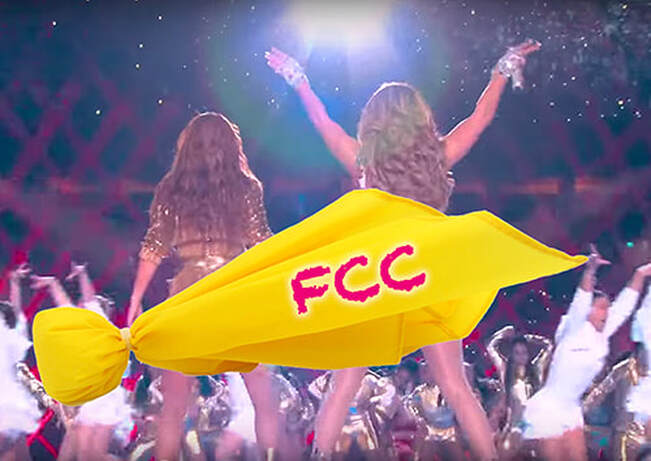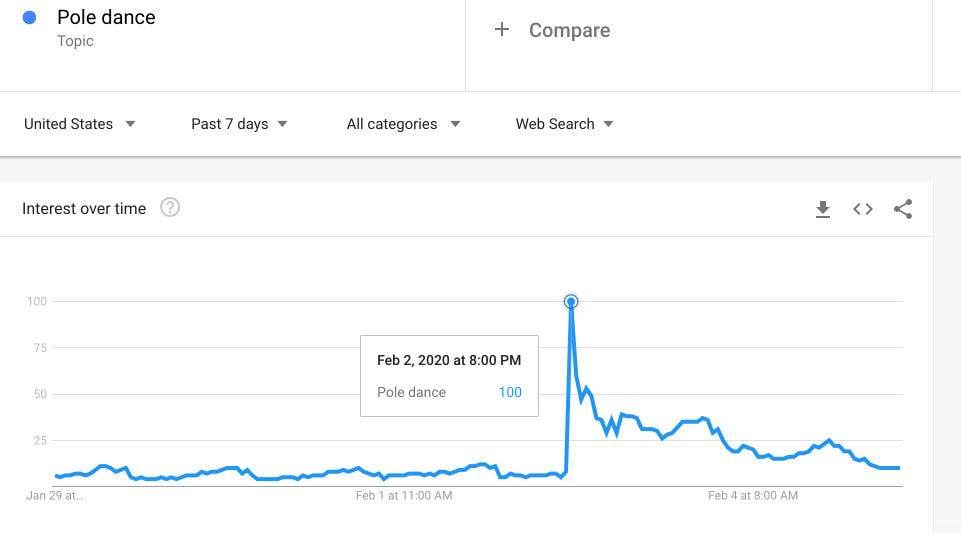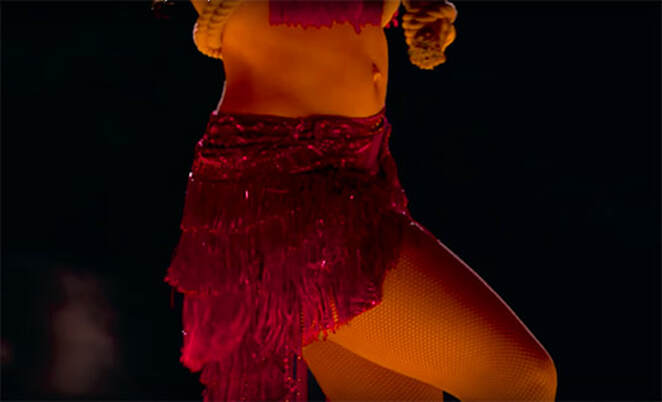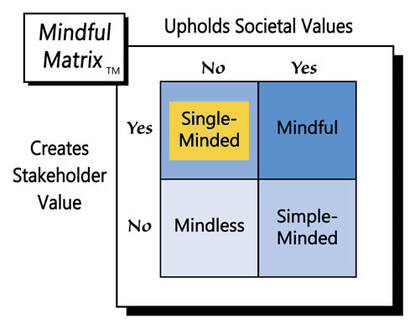Rocking hips, pulsing pelvises, and legs wrapped around a stripper pole sound like a scene from a gentleman’s club, but they were just part of the Super Bowl LIV halftime show featuring superstar entertainers Shakira and Jennifer Lopez.
Whether one enjoyed the performances or not, most agree that the show was a production spectacle, complete with elaborate scenery, extravagant costumes, moving stages, dozens of talented dancers, and amazing fireworks. The production level was fitting for the biggest television viewing event of the year, which this time drew an astounding 102.1 million U.S. viewers, making it the “11th most-watched TV show ever.”
With so many people watching the same thing, it’s not surprising that the show spawned differences of opinion. Some, like former Florida governor and U.S. presidential candidate Jeb Bush loved it; he tweeted, “Best Super Bowl halftime show ever.”
Many ordinary citizens have also sung its praises, including 2.3 million people who liked the YouTube video. Some of those fans have said:
- “One of the most amazing shows ever.”—Lucy B.
- “Loved both”--manel manel
- “whos watched this more than 10 times? i know i aint the only guy”—Maxwel Rajcic
- “I love JLo but i can't get over that Shakira performance. Damn.”—Annitah Lesley
- “One of the best Super Bowl halftime show ever”—grace khuvung
However, a smaller but still substantial number (134K YouTube viewers) didn’t think the show was ‘so hot’; actually, they thought it was too hot. Some tweeted:
- “I saw way more of J-Lo than I ever wanted to. There was a moment there that actually made me blink my eyes. Everybody in the room was blinking their eyes.”— @TheAnnoyedMan
- “When your crotch shot reveals your panty liner than you’ve definitely crossed a line”—@meredithdicken1
- “I’d settle for a halftime that is somewhere between Karen Carpenter and a pelvic exam.”—@Bookwormdearlor
- “My 13 year girl old said ‘man, that was TRASHY.’”—@FilthyMcN
- “My 9 year old asked, ‘Is this what sexy is?’”—@kdonohuenj
- “It was inappropriate for the venue. They can't sell it as a family entertainment and then present something that millions of people had to quickly turn off AFTER their little people got an eyeful of soft porn.”—@Plainsspeak
Maybe detractors are being over-sensitive or narrow-minded, not giving enough consideration to factors such as:
- The empowerment of women: The halftime show showcased two women’s exceptional voices and dance skills, physical strength and stamina, as well as their abilities to command one of the world’s largest stages. Furthermore, both women are over 40 years of age.
- The celebration of Latin culture: The show served up large portions of energy and excitement, along with vibrant sounds and colors, for which Latin culture is known.
Those are valid arguments that we may not fully appreciate, depending on our own demographics. On the other hand, one may wonder if those lauding the performance have considered issues like these:
- Demographics: Unlike most TV shows, an extremely wide swath of the population watches the Super Bowl—everyone from two-year-olds to 92-year-olds. The lower end of that range should not be exposed to sexually explicit content, and many would argue that no one should see it without warning at 8:00 pm, on broadcast television.
- Legality: The halftime show may have violated the FCC’s mandate that “Indecent and profane content are prohibited on broadcast TV and radio between 6 a.m. and 10 p.m., when there is a reasonable risk that children may be in the audience.” It’s hard to imagine that the agency would have allowed the same sexual content, which included very revealing apparel and highly suggestive camera shots, as part of a 30-second Super Bowl commercial; yet, the FCC permitted 14 minutes of the ‘exposure’ as a Pepsi-sponsored mini-program.
- Addiction: If the halftime show represented ‘soft porn,’ as some have said, there’s a risk that the show encouraged pornography addiction for some viewers. Lest one think that’s a wild claim, check out Google search results: In the period from January 29, 2020 through February 4, 2020, at the exact time of the Super Bowl halftime show, there were extreme peaks in searches for terms such as: Hustlers (name of the film about strip clubs, staring Lopez), pole dance, stripper, and jlo hustlers dance.
- Cultural relativism: Virtually every culture, past and present, has had good things to offer, but not everything in a given culture is good (e.g., segregation, subjugation of women). Latin dancing is known for its sensuality, which people may debate is good or bad, but for the situation at hand, the discussion should consider the prevailing culture and composition of Super Bowl viewers, as well as when, where, and with whom most watched the halftime show.
- Empowerment or Objectification: As implied above, my maleness limits my ability to appreciate the ways in which Shakira and J Lo’s performances may have made other viewers feel empowered. However, as one who has studied oversexualization in advertising, I saw many signs of objectification of women, i.e., reducing their personhood to specific body parts (e.g., legs, bottoms) and ‘serving them up’ as objects for others’ sexual gratification. For instance, in the YouTube video of the performance, there’s a camera shot at about 2:22 focused just on Shakira’s belly and hips, i.e., no head or feet, and another at 7:06 centered squarely on Lopez’s bottom, as she bent over, back to the camera.
In an article that includes several helpful illustrations, Ronnie Richie develops a seemingly useful distinction between sexual objectification and empowerment, the bottom-line being that a person is sexually empowered, not objectified, when she/he holds power versus the person looking at them. That analysis likely works on one level, such as for superstar celebrities like Shakira and J Lo, but the reality is that oversexualized images in mass media often impact others within the same people group (e.g., women, children) with tragic consequences.
According to UNICEF, “The objectification and sexualization of girls in the media is linked to violence against women and girls worldwide.” On a personal level, former Yale University student Veronica Lira Ortiz shared her unfortunate experience as a child in a Latin culture infused with machismo: “I was twelve years old, and a man on the street [in Mexico] was already verbally harassing me. He looked at me as if I were a juicy steak instead of an innocent child. Shakira and J Lo may have held power in their Super Bowl situation, but many indirectly affected by their performances do not.
“Beauty is in the eye of the beholder,” but when the beholders number over 100 million, including millions of children and adults anticipating family-friendly entertainment, and when many others are indirectly affected by what’s shown, the creators and broadcasters of ‘said beauty’ should demonstrate better discretion. So, the replay of the action suggests that the FCC should have flagged Fox, Pepsi, and others associated with the Super Bowl LIV halftime show for a broadcast communication violation, as well as for “Single-Minded Marketing.”
Learn more about the Mindful Matrix and Mindful Meter.
Check out Mindful Marketing Ads and Vote your Mind!





 RSS Feed
RSS Feed